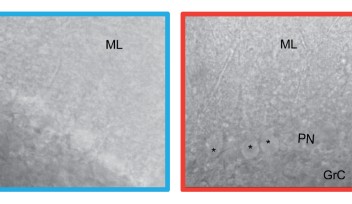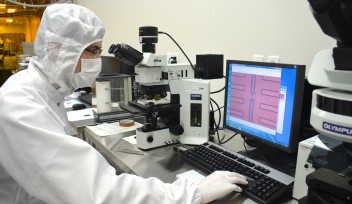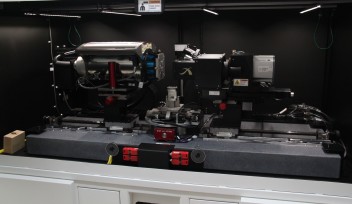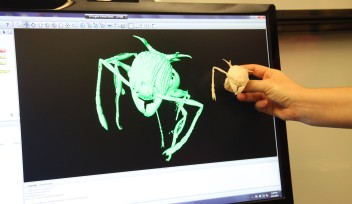The process of creating a structure for a lithium sulfur battery

To optimize the battery, the researchers created a structure that could speed up the reaction process and absorb the unwanted polysulfides. They used a carbon nanotube framework (CNT) and coated it with a layer of TiN-TiO2. The TiN acted as a material absorbing any polysulfides that were created in the process, whereas the TiO2 sped up the conversion from lithium polysulfides to the final products— Li2S2 or Li2S. The image is a modified version of the one that appeared in the Nature Communications paper.
To optimize the battery, the researchers created a heterostructure that could speed up the reaction process and absorb the unwanted polysulfides. They used a carbon nanotube framework (CNT) and coated it with a layer of TiN-TiO2. The TiN acted as a material absorbing any polysulfides that were created in the process, whereas the TiO2 sped up the conversion from lithium polysulfides to the final products— Li2S2 or Li2S. The image appeared in the press release ‘Speed and absorption key to optimizing new type of rechargeable battery.’
Copyright OIST (Okinawa Institute of Science and Technology Graduate University, 沖縄科学技術大学院大学). Creative Commons Attribution 4.0 International License (CC BY 4.0).
Tags














